Histories Best Artists – Leonora Carrington
Leonora Carrington
Born 6 April 1917
Clayton-le-Woods, Lancashire, England
For me leonara Carrington is one of histories great Artists, Personally and I feel the best female artists of all time(IMO), although correctly she fought all her life again the label of “Female Artist” and just wanted to be call an ARTIST period !
Her work should be much better known and would be so but for a few facts , she was producing art at the same time as some the now best known European artist, who would later become house hold names but also she lived and worked during the Nazi period of European Art theft and art control, because of this she ended up in the end making her home in Mexico in a period when no one took anyone not working in Europe or America seriously.
In 1936, Leonora saw the work of the German surrealist Max Ernst at the International Surrealist Exhibition in London and was attracted to the Surrealist artist before she even met him. In 1937, Carrington met Ernst at a party held in London. The artists bonded and returned together to Paris, where Ernst promptly separated from his wife. In 1938, leaving Paris, they settled in Saint Martin d’Ardèche in southern France.
The new couple collaborated and supported each other’s artistic development. The two artists created sculptures of guardian animals (Ernst created his birds and Carrington created a plaster horse head) to decorate their home in Saint Martin d’Ardèche.
With the outbreak of World War II Ernst, who was German, was arrested by the French authorities for being a “hostile alien”. With the intercession of Paul Éluard, and other friends, including the American journalist Varian Fry, he was discharged a few weeks later. Soon after the Nazis invaded France, Ernst was arrested again, this time by the Gestapo, because his art was considered by the Nazis to be “degenerate”. He managed to escape and, leaving Carrington behind, fled to America with the help of Peggy Guggenheim, who was a sponsor of the arts.
After Ernst’s arrest, Carrington was devastated and fled to Spain. Paralyzing anxiety and growing delusions culminated in a final breakdown at the British Embassy in Madrid. Her parents intervened and had her hospitalised. She was given “convulsive therapy” and was treated with the drugs cardiazol, a powerful anxiolytic drug (eventually banned by some authorities, including the US Food and Drug Administration (FDA)), and Luminal, a barbiturate. After being released into the care of a nurse who took her to Lisbon, Carrington ran away and sought refuge in the Mexican Embassy. Meanwhile, Ernst had married Peggy Guggenheim in New York in 1941. That marriage ended a few years later. Ernst and Carrington never resumed their relationship.
In 1939, Carrington painted a portrait of Max Ernst, as a tribute to their relationship. The portrait was her first Surrealist work, and it was called The Inn of the Dawn Horse. It is now in the Metropolitan Museum of Art. The person in the painting is a cross between a male and a female, who is seated in a room with a rocking horse on the wall.
She also painting this portrait with him as the main character ..
Portrait of Max Ernst
Leonora Carrington
Oil on canvas
date created: About 1939
From the very first time I viewed Leonara’s art works I was captivated, her paintings are full of mystery and magical subjects, without falling into more traditional and classical mythological stories.
I found myself wanting to understand more about the fantasy world that her painting capture, a world of hidden meanings, I still don’t fully understand and here in this video she tells us not of over analyses art and just to enjoy living in the moment. However just looking at her creations you know she must have held many stories in her mind, I will keep looking and discovering!
Leonora Carrington
(6 April 1917 – 25 May 2011) was an English-born Mexican artist, surrealist painter, and novelist. She lived most of her adult life in Mexico City, and was one of the last surviving participants in the Surrealist movement of the 1930s. Carrington was also a founding member of the Women’s Liberation Movement in Mexico during the 1970s.
Looking at many of her painting you can clearly see that her life and work is the source for the movie Pan’s Labyrinth, Director: Guillermo del Toro, Writer: Guillermo del Toro , set in the falangist Spain of 1944, about a bookish young stepdaughter of a sadistic army officer escapes into an eerie but captivating fantasy world, the very same kind of fantasy worlds Leonora Carrington imagined and reflected on in her work.
The best surrealist movie of all time 🙂
Leonora Carrington – Imagination is everything !!!
Sonnet to Collecting Seashells
Sonnet to Collecting Seashells
During youth I was quite the collector
of ocean cretin’s annealed sandcastles
Though the hosts inside could not be cheaper,
their fleshy coats were worth all the hassles
Content I was amassing worn seashells;
daily did this fine collection accrue
Though furnished, barren felt those wooden shelves,
as even pearls are lesser than a jewel
Still, the sand was warm; the waves were soothful
and regardless of what hollowness struck,
the beach granted a chance to feel fruitful
so long as one had either skill or luck
Alone was I, but daresay not lonely,
but I was not happy until married.
The first signs of Spring – BlackThorn
Blackthorn is the 12th letter of the Gaelic tree alphabet, representing P, yet another controversial letter. There was no P in the Gaelic alphabet until recently, so some tree has had to stand in. As Blackthorn was in the original alphabet (for St, as its old Gaelic name is Straiph, but St is no longer considered a letter in its own right). As Blackthorn’s latin name is Prunus spinosa, it fits the bill. Its modern Gaelic name is Draighneag or Airne (sloe) or Sgitheach dubh (black hawthorn).
Snippets of Lore
Blackthorn is the 12th letter of the Gaelic tree alphabet representing P, controversially, as there was no P in the alphabet until recently
For my explanation of why Blackthorn stands for P see http://mandyhaggith.worldforests.org/index.asp?pageid=359149
Blackthorn’s latin name is Prunus spinosa. In modern Gaelic, draighneag (pierce), airne (sloe) or sgitheach dubh (black hawthorn).
Blackthorn’s fruit is called sloe. They are very high in Vitamin C.
To get a taste of the bitterness of sloes, nowhere better to start than Vicki Feaver. http://www.spl.org.uk/best-poems_2006/feaver.htm
Too much sloe gin may be too much of a good thing.
Sloe gin infused with pennyroyal and valerian was the original ‘Mother’s Ruin’.
Blackthorn is the ancestor of all plum trees.
Sloe stones have been found in Neolithic cairns and crannogs.
The Ice Man was carrying a sloe, presumably to eat.
Sloes are better flavored if frosted, or dried then rehydrated.
Sloe jelly is best made with apples.
Sloes are good for the bladder, kidneys, stomach and lung complaints.
Sloe juice and bark gives indelible ink.
Sloes gives a pinky purple dye, and blackthorn bark produces a red or orange dye.
Blackthorn bark can be used to reduce fever.
Use blackthorn leaves for tea. It’s good for tonsils and larynx.
Have another sloe gin (by Seamus Heaney) http://archiver.rootsweb.ancestry.com/th/read/IrelandGenWeb/2003-11/1069876152
Responding to Heaney, Tom Rawling’s Sloe Gin: http://www.xen19.dial.pipex.com/dec_2.htm
And another moody blackthorn poem, this one by Louis McKee, coming into blossom. http://www.poemhunter.com/poem/the-blackthorn/
Blackthorn produces beautiful snow white blossoms early and before the leaves come.
Blackthorn’s leafless stems, in flower, evoke a place between death and life.
Blackthorn blossom is unlucky indoors (maybe for the same reason as hawthorn?)
A tisane of blackthorn blossom ‘purges to the depths’.
Rough weather in March is called a Blackthorn Winter.
Blackthorn is the sister of Hawthorn: Blackthorn governs Nov-April, Hawthorn governs May-Oct.
Blackthorn wood is hard and good for walking sticks and weapons. Best walking sticks are blackthorn entwined by honeysuckle.
Irish sheleilaigh sticks are made with blackthorn wood.
Blackthorn trees give good shelter for birds to nest in. It makes excellent hedges.
Blackthorn is supposed to never exceed 13 feet.
Proverb: Better the bramble than the blackthorn, but better the blackthorn than the devil.
Blackthorn helps you see beyond negatives to opportunity.
A hero fleeing from giants needs a magical blackthorn twig which will sprout into a thicket!
Blackthorns were believed to spring from the blood of Norse invaders.
A blackthorn thorn tipped with poison is a subtle weapon known as ‘a pin of slumber’.
Blackthorn is associated with Sleeping Beauty – after pricking her finger, the castle was thorn-bound until love came.
Witches stick blackthorns into wax effigies of their enemies.
Blackthorn was used for pyres when burning witches.
Blackthorn was believed to have been used for Christ’s Crown of Thorns, hence unlucky.
For fertile fields, make, wear, then burn a blackthorn crown and spread its ash.
Blackthorn represents the inevitability of death, and of dark secrets.
Evil fairy-folk stole babies – and hid them in blackthorn bushes.
‘Many sloes, many cold toes’ – presage of bad winter ahead.
Black Bird Symbolism and Myths, Druid believes of the otherworld.
Blackbird Symbolism
Blackbirds are, for some people, considered a good omen. Others believe that the Blackbird brings the lessons learned in meditation. It is also associated with travel to the Otherworld and the mysteries found there. Blackbird people are good to call upon when spiritual matters are at hand, and often, while rare, they are the best people to have when in a group.
The blackbirds iridescent black plumage holds the energies of mysticism and magic. Druid legends say that the birds of Rhiannan are 3 blackbirds which sit and sing in the World tree of other worlds. Their singing puts the listener into a sleep or a trance which enables him or her to travel to the otherworld. It was said to impart mystic secrets.
Those with this medicine often have a hypnotic influence on others as well as an uncanny ability to move between the seen and unseen worlds with clarity. They make excellent shamans and trance channellers.
Blackbirds are timid and prefer their own company over the company of others. In humans shyness and insecurity in group settings is common. Vulnerable to outside influences those with this totem need to remember to clear accumulated influences from their energy field on a regular basis. The male’s distinctive song during breeding season is loud and melodious with flute like qualities. Males often sing from high perches and both sexes produce a variety of sounds which include mimicking other birds.
Blackbird medicine people love to sing and have the ability use their voice to heal and inform. They are also good ventriloquists.
Blackbirds spend much of their time on the ground. Its locomotion includes walking, climbing and hopping forward and backwards. They forage for food in open spaces although cover is always near by. When foraging in leaf litter under trees they sound like people walking . In humans this suggests an ability to remain grounded in the earth energies while walking a spiritual path.
When resting the blackbird is frequently seen stretching, legs extended back, side wings in full extension, tail spread, and the head tilted to one side as if listening. Yoga and movement therapy are beneficial for those that hold this totem. The blackbirds flights are low, short and undulating but fast and direct over open country. They move with determination and focus and can teach us how to do the same.
When blackbird flies into your life your connection with nature and the forces of creation increase. The magic of the underworld surfaces in your life. Awareness is heightened and change on a cellular level begins. The blackbird teaches you how to acknowledge your power and use it to its fullest
Seven day Black and white photo challenge! : Secrets of the world around you …..
The above board located at the Anne Valley Walk, county Waterford reads as follows :
Watch with glittering eyes
The whole world around you
because the greatest secrets
are hidden in the most unlikely places
Those who don’t believe in magic will never find it !!!
Finding Nature ……
3 Times and You Lose , Lyrics by Travis
Callan county Kilkenny
Nigel Borrington
3 Times and You Lose
I had a nightmare
I lived in a little town
Where little dreams were broken
And words were seldom spoken
I tried to reach you
But all the lines were down
And so the rain began to fall
On this little town
… On this little town
The little people
Had very little left to say
Their words had all been shortened
It didn’t really seem important
And I had a feeling
That you were very far away
But then a little voice inside me said
“you’ll never get away from here”
And it’s 1, 2,
3 Times and you lose
Of course it doesn’t matter how you say it
I’m all out of luck
So there’s nothing really more to say
I’m throwing it all away
Well we had opinions
But now we all think the same
We never look at one another
Only when the other suffers
And I thought I saw you
But it…
Loop Head Lighthouse, county Clare, Ireland
Loop Head Lighthouse, county Clare, Ireland
I have just spent a few days visiting County Clare, west Ireland, finishing with a visit to the great Loophead lighhouse. As you can see the day was very typical for a Septembers day here in Ireland, wet and windy.
It was still possible to visit the top of the lighthouse however which was great fun in the strong breeze.
I have very much enjoyed visiting some of Ireland’s lighthouses over the years from the north coast down to Hookhead, on the south coast, these remote location with their lighthouse keepers buildings that would have been both a place of work and a home, all year around and in all weather conditions, are a great reminder of the past.
A past that has almost gone but can in places like these still be felt very strongly.
Sometime back I found this video and have shared it before with other lighthouse posts, its still very much worth sharing again however as it reflects on the family life’s of Ireland’s lighthouse keepers …..
Here is a little history of the Loophead lighthouse
History
The first lighthouse on Loophead was one of four known Irish stone vaulted cottage type lights built about 1670. These cottages accommodated the lightkeeper and his family in two or three rooms and had an internal stone stairway between two of the rooms leading up to a platform on the roof where a coal burning brazier or chauffer was positioned. Part of the old cottage with its battered outside wall can still be seen near the lightkeepers’ dwellings.
The light must have fallen into disuse towards the end of the 17th century because it was re-established in 1720 after aldermen and merchants of Limerick petitioned the Irish Parliament in 1717 for a light on the Head.
The cottage-lighthouse with its coal fire was replaced in 1802 by a more conventional lighthouse, built by Thomas Rogers, who was also the contractor. The tower was about the same height as the present tower with four rooms and a lantern. The ground floor room was an oil store and access to the first floor or entrance room by an outside staircase of 19 steps. An internal spiral staircase connected the other two rooms and lantern. The twelve-foot diameter lantern contained twelve oil lamps, each with its own concave parabolic reflector. The reflected light shone through a 22″ diameter convex lens of solid glass, not unlike the ‘bottle glass’ or “bulls-eye” fitted into windows of modern psuedo-Georgian houses.
By 1811 the keeper was living in an adjoining cottage, rather than in the tower.
Loop Head Lighthouse, county Clare, Ireland , Gallery
Welsh Myths and Legends, The bleeding Yew tree, Nevern, Pembrokeshire
Often one sees sap coming out of an old tree, usually where it is healing up, but usually these “bleeding” areas heal up quite quickly. Recently I came across a most remarkable yew tree when I visited the ancient village of Nevern in Pembrokeshire. It has a 6th century church (St Brynach’s Church) and in the churchyard there are a number of ancient yew trees (Taxus baccata). One of these yews near to the gate is called the “Bleeding Yew” which is about 700 years old and here are some photos I took of it. It has a blood-red sap running out of it which has the consistency of blood – though it dries pink rather than brown. I dipped my finger in it and there wasn’t any distinctive smell or stain, but as people say that most parts of the yew tree are poisonous, I didn’t taste it.
There are many myths about why the Nevern yew tree bleeds: some say that as Jesus was crucified on a cross it is bleeding in sympathy and thoers say that it is reflective of the tree of Life in the Garden of Eden. But that wouldn’t explain why this yew tree in particular is bleeding. One myth says that a monk was hanged on this tree for a crime of which he was innocent and the tree is protesting his innocence. Some say, more politically, that it won’t stop bleeding until there is a Welsh Prince installed at Nevern or even that it will bleed until world peace is achieved.
The church at Nevern is well worth a visit for the bleeding yew, but also because the church has some stone carvings which are over a thousand years old, such as the “Braided Cross Stone” (pictured here) which, like the bleeding yew, has been ascribed many meanings with two cords apparently being woven together to make the cross. There is an even older carving, the Maglocunus stone, which throws light on the version of ancient Celtic once used in these parts of Wales, called Ogham. This stone wasn’t preserved for itself standing vertically but was incorporated horizontally into the church as a windowsill.
The Farming landscape of county Kilkenny : Cows, Bulls and a field with a view …..
The Hills above Grange in County Killkenny, offer some of the most stunning landscape views in the county, here you are looking across the boarder into county Tipperary.
The day I took the following images I had been walking for a little while when I took a rest at a gate, there is that moment in the county when you see some cows resting on a sunny morning and they spot you from a distance. It only take a little time before they all stand and walk over to the gate, I think they are wondering if your the farmer and it time for their feed. Sadly for them I was not and all I could do for them was take some pictures of them to share on WordPress 🙂 🙂
The end of springtime – Fallen flower – a garden poem
In the Garden at eight am
I witness the end of Springtime
flowers of green, blue and purple
falling all over the table top
I place my cup of tea down
a moment frozen, soon moves on
as more of these blooms fall all around me
soon it will be summer time
clearly the flowers know, against all hope !
time moves on
never stopping
never frozen
never pausing for anyone ……
Places on my walks , Crohare Church, Killenaule, county Tipperary
Crohane church is located just over the boarder from county Tipperary in the area of Killenaule and its a beautiful little chapel, located down a narrow drive way.
As you can see here, at this time of year the church is just starting to be surrounded by the green of the local oak trees and the colour of the wild flowers that grow in the stone wall that surrounds the Grave yard.
Crohane Church,a place of peace and stillness ……
Irish Landscape, “As above so below” Quotes by Isaac Newton from 1680.
At this time of year the sky’s and the sunlight can be an amazing sight on the landscape. views like these always remind me of the words of Isaac Newton when he said “As above so below”. he was the scientist who when working with sunlight and a prism split pure white light into its colors of (red, orange, yellow, green, blue and violet).
The words “As above so below”
Quoted here is the version by Isaac Newton from circa 1680.
. Tis true without lying, certain & most true.
. That which is below is like that which is above & that which is above is like that which is below to do the miracles of one only thing.
. And as all things have been & arose from one by the meditation of one: so all things have their birth from this one thing by adaptation.
. The Sun is its father, the moon its mother,
. The wind hath carried it in its belly, the earth its nurse.
. The father of all perfection in the whole world is here.
. Its force or power is entire if it be converted into earth.
. Separate thou the earth from the fire, the subtle from the gross sweetly with great industry.
. It ascends from the earth to the heaven & again it descends to the earth and receives the force of things superior & inferior.
. By this means you shall have the glory of the whole world & thereby all obscurity shall fly from you.
. Its force is above all force, for it vanquishes every subtle thing & penetrates every solid thing.
. So was the world created.
. From this are & do come admirable adaptations where of the means (or process) is here in this.
. Hence I am called Hermes Trismegist, having the three parts of the philosophy of the whole world.
. That which I have said of the operation of the Sun is accomplished & ended.
As above so below, Gallery
Burnt out and left in the woods
Sometimes when out on a walk you find things that ask questions in your mind, old cookers or TV’s, items long past there use. At the weekend I came across this burnt out car, turned over and then burnt until all that remains is a twisted rusting shell.
I my mind it is most likely stolen but then it has its own story to tell !
Irish Landscape photography , The path to the beach – County Kerry
The Path down to the Beach at BallyQuin, Brandon, County Kerry Ireland
Solo images : Jameson Irish Whiskey , County Cork – The Mash
The Whiskey mash
A mechanical metal stirring unit with a central bevel gear, installed to make stirring easier. That way the sugar could not only be extracted faster but also more efficiently. Less sugar was left in the husks of the grain, and the whisky became more affordable.
The mash has to be stirred for some time to extract the malt sugar from the grist. In earlier times, a lot of water used to evaporate during this process, and with the water steam the temperature fell constantly, which further impaired the extraction process. Only in the last century, when energy costs rose, nearly all mash tuns were equipped with a lid made of sheet metal (e.g. copper) in order to limit the loss of energy.
Friday Poem , The Valley And The Mountain Top
The Valley And The Mountain Top
Though standing in this valley
with yet the mountain top in view,
I will indulge my aspiration
to see the sights from that point too!
This will be my challenge,
to get from here to there!
I’ll see the view from the mountain top,
and breath the mountain top air!
This is quite the challenge I chose
but I must make it to the top!
If the attempt determines
the success or failure,
“No way now can I stop!!!”
There it is! I can see the top!
Mere feet am I away from my goal!
This challenge has pushed the limits,
I believe of my heart, mind, body and soul!
Though standing on this mountain top
with the view of the valley below,
I indulged my aspiration,
from my indulgement
this I do know!
As wonderful as the view is from here
to as far as the eye can see,
I must never forget where this started from,
with the view standing in the valley!
The Elements : Water in images
Water is life, out of all of the elements we need for our existence, water has to be the one we are closest to!
By capturing these images here, I wanted to take sometime getting close to water and attempt to make a connection to it. These images were taken yesterday in a local river as it flows through the Irish landscape. This is a shaded and hard to get to, hidden part of this river, even on a sunny day in June the Sun finds it hard to reach in. I felt that this only added to the atmosphere, with the sounds of the flowing water as it moved around the stones on the river bed.
The Elements : Water in Images









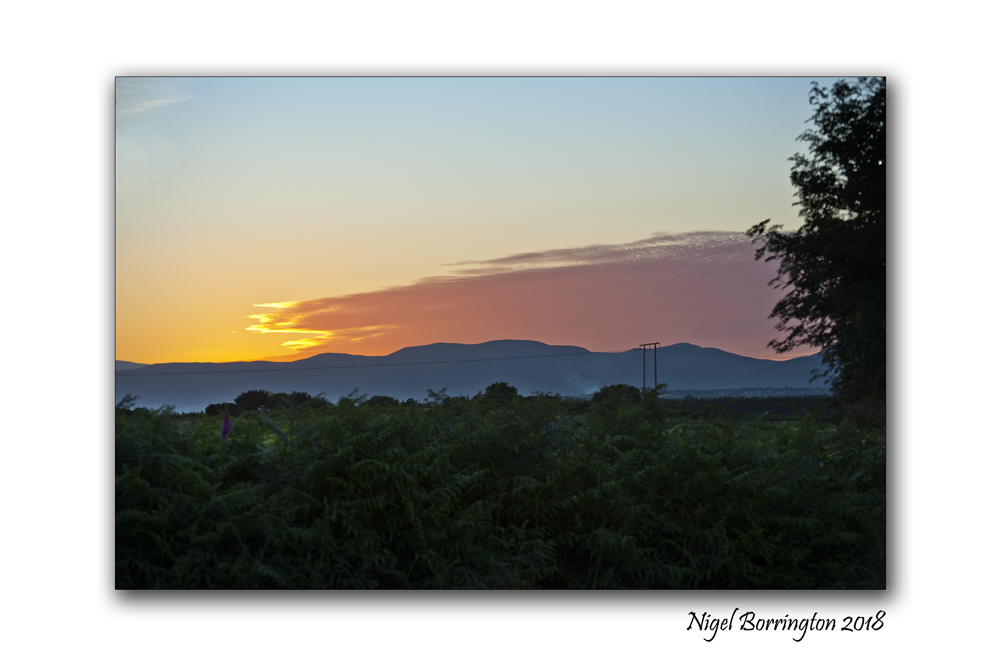
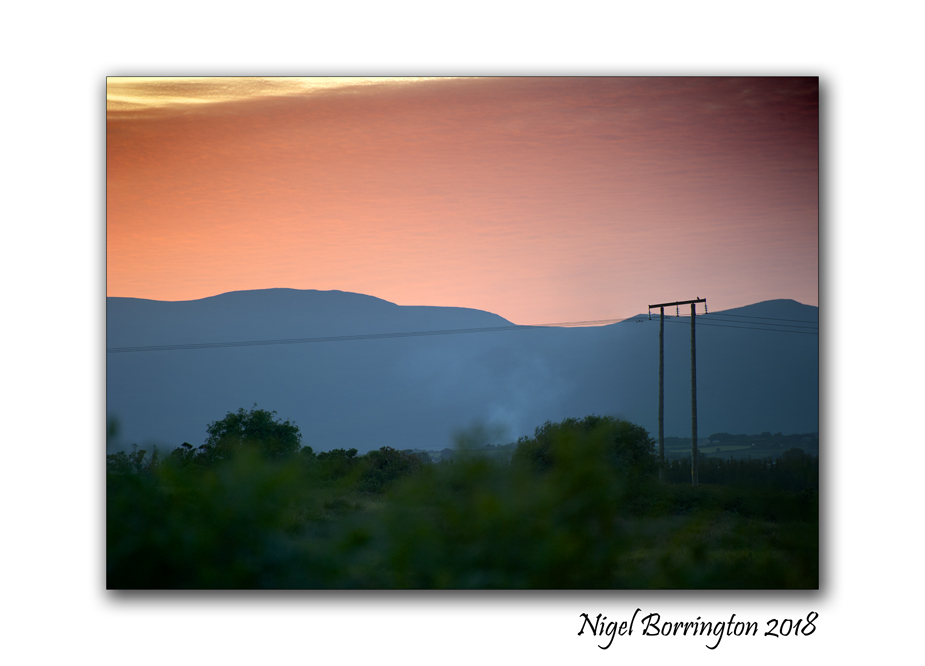
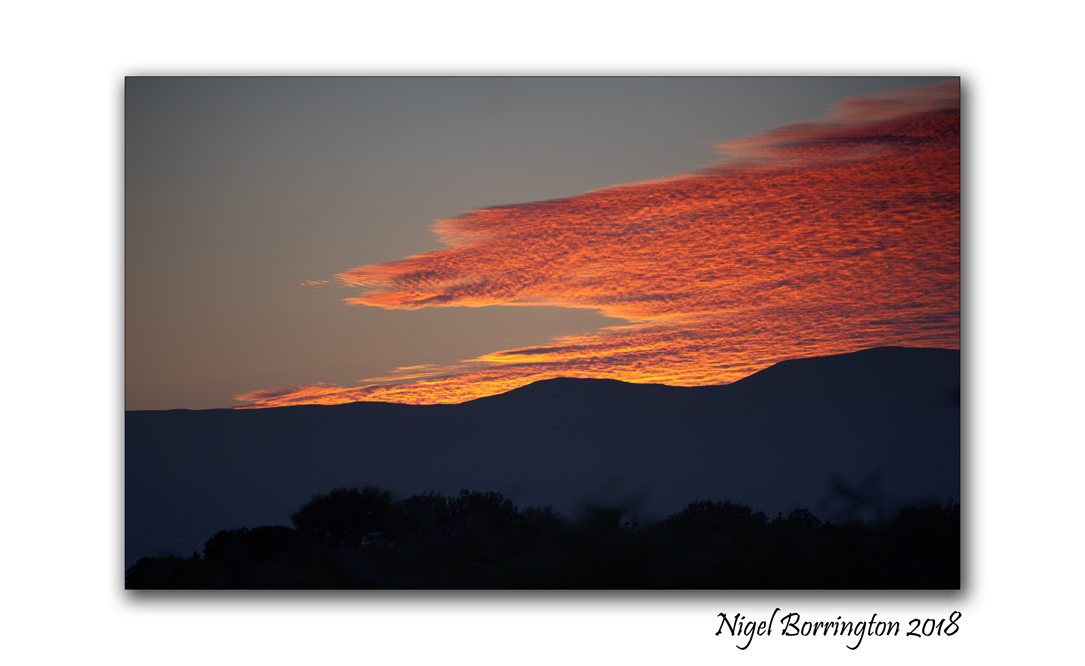
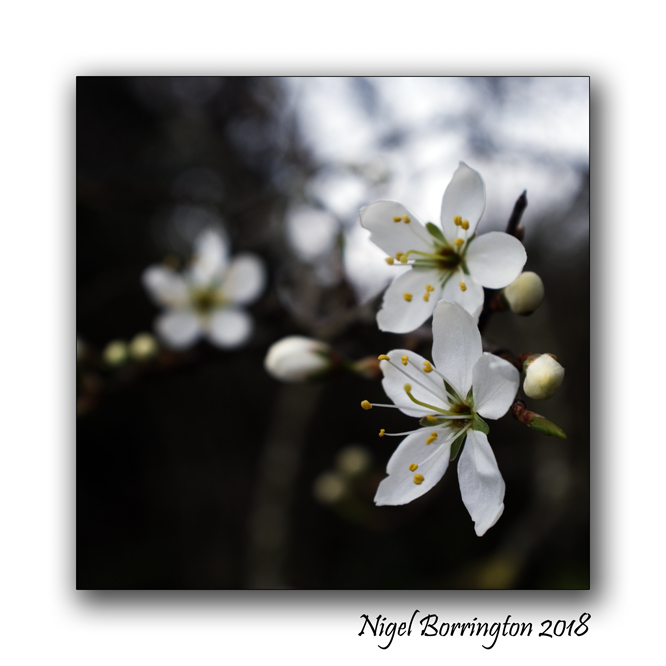




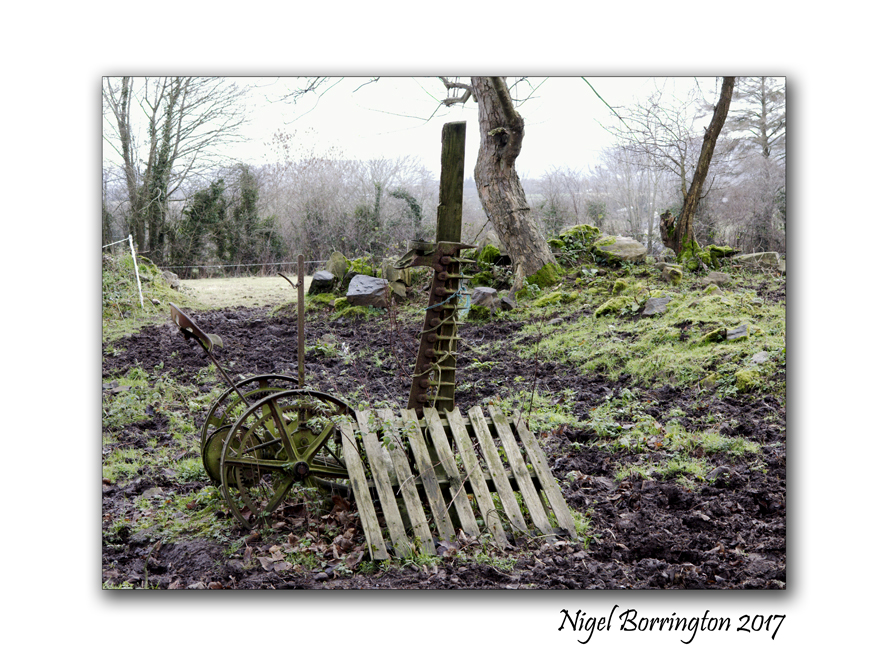

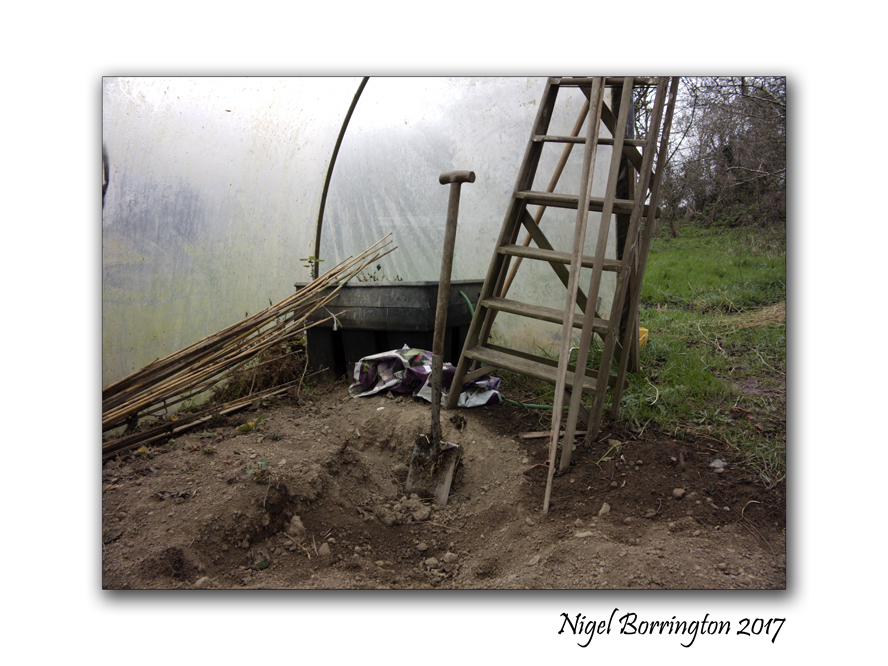
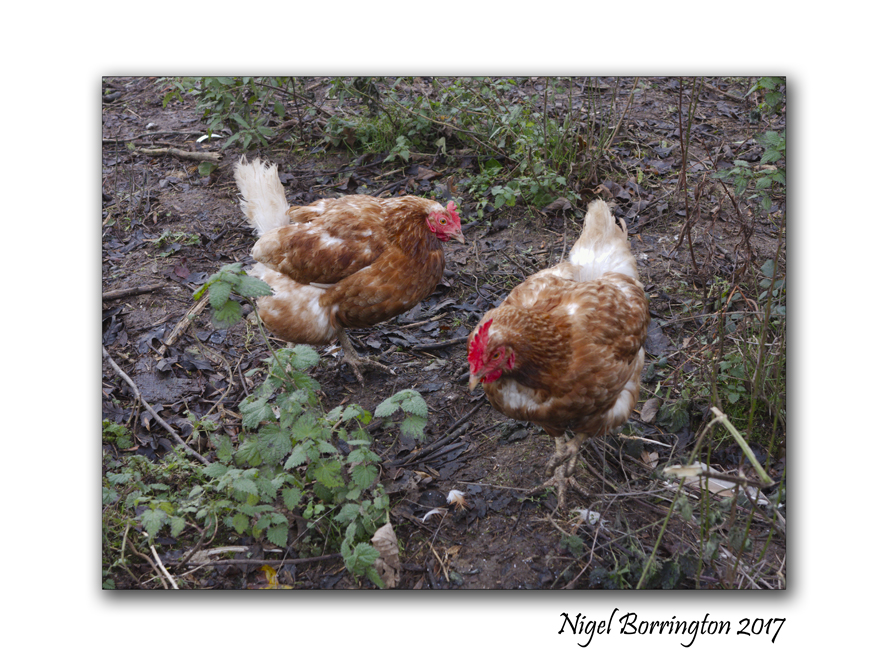


















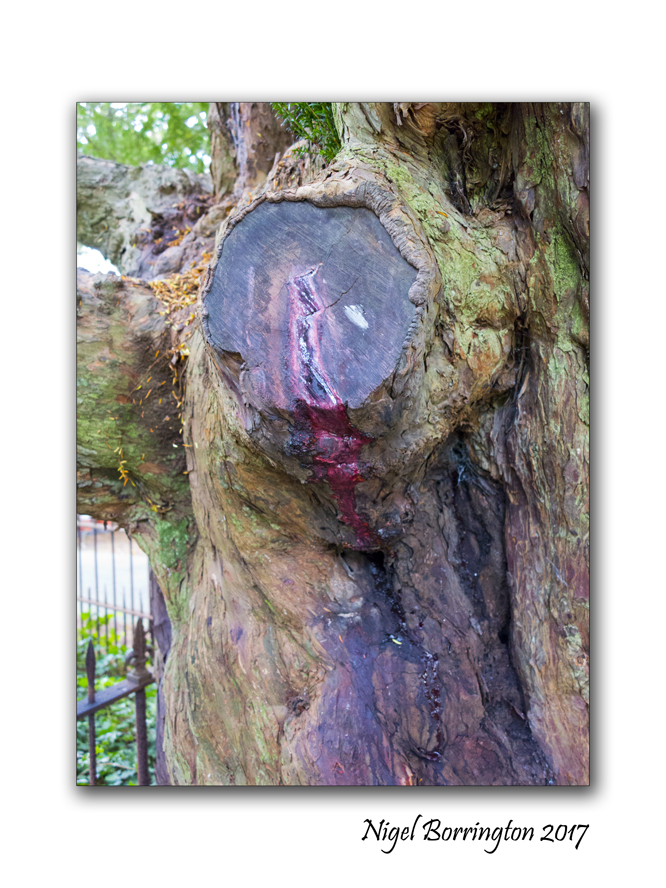
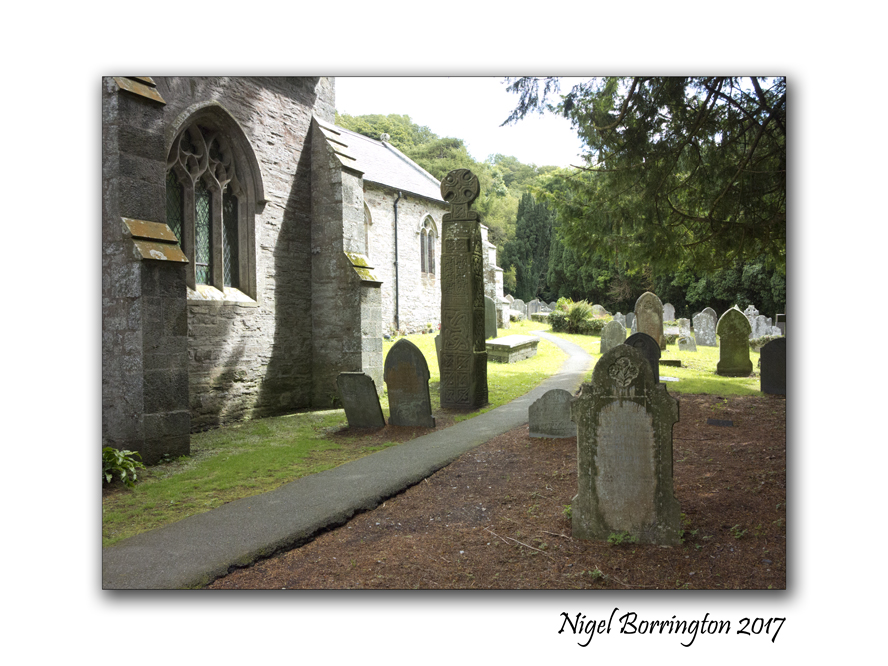
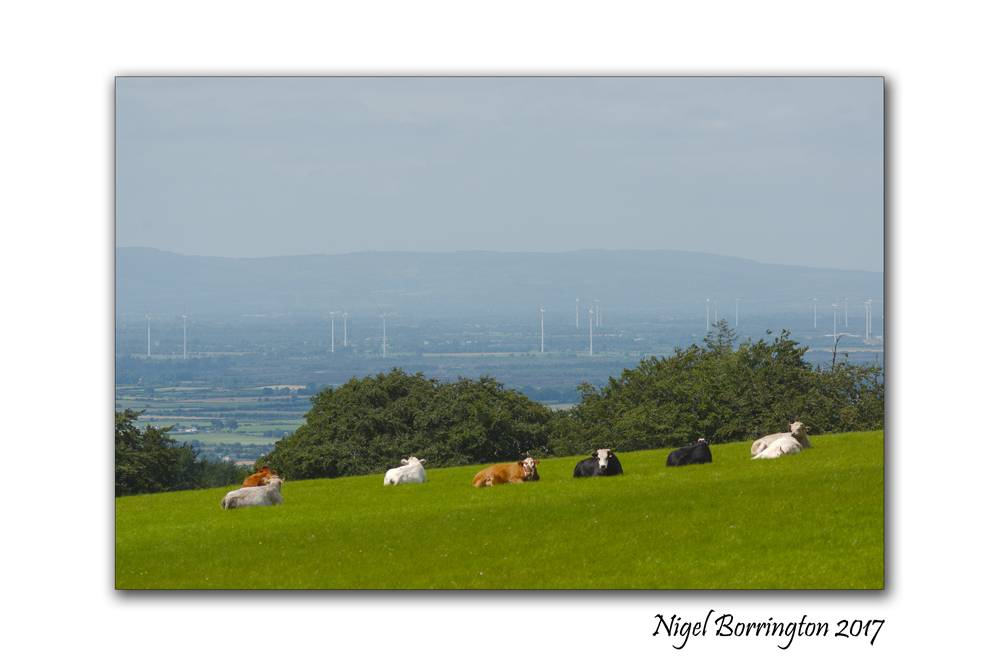


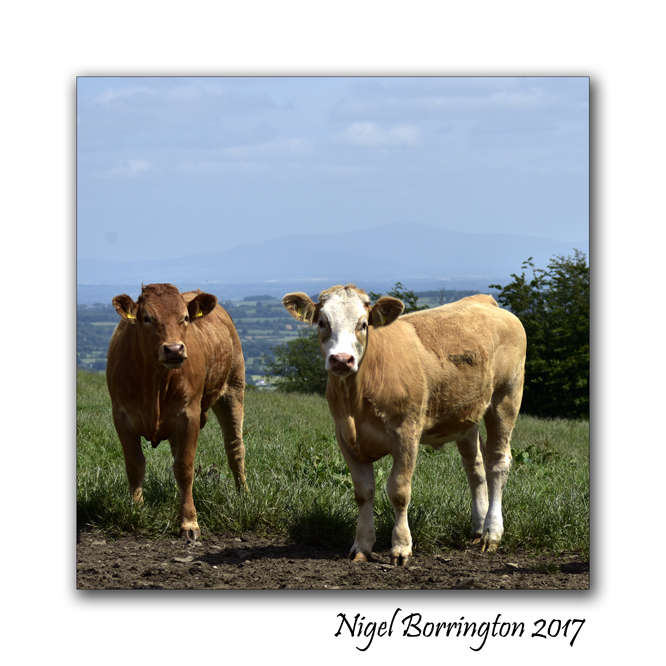
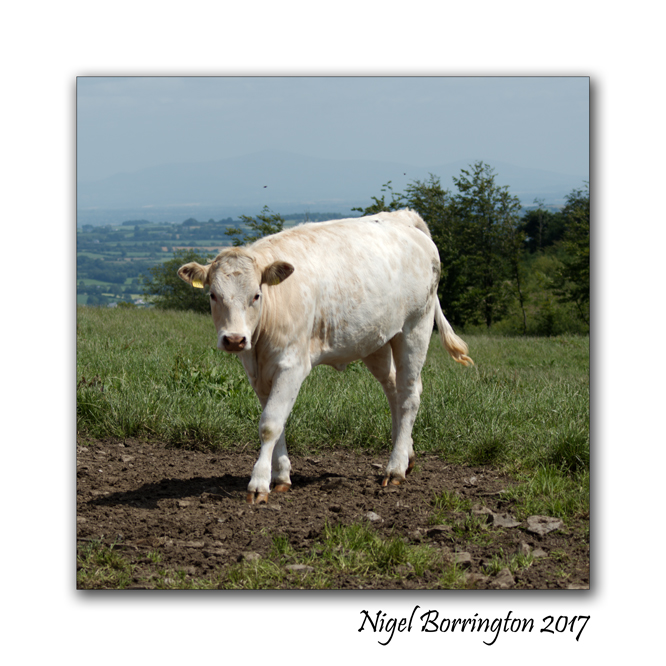


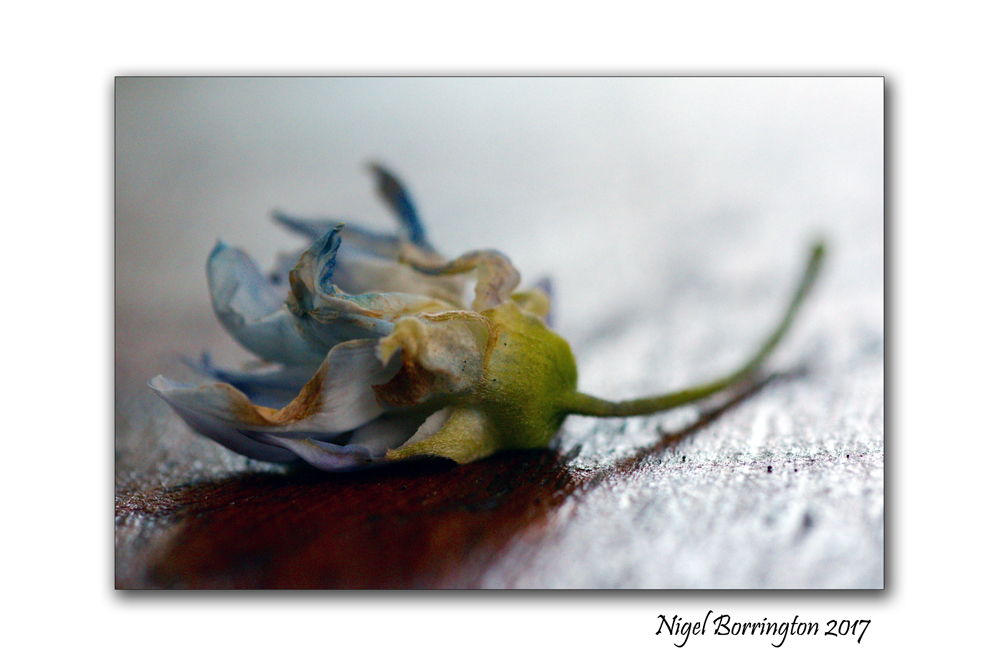

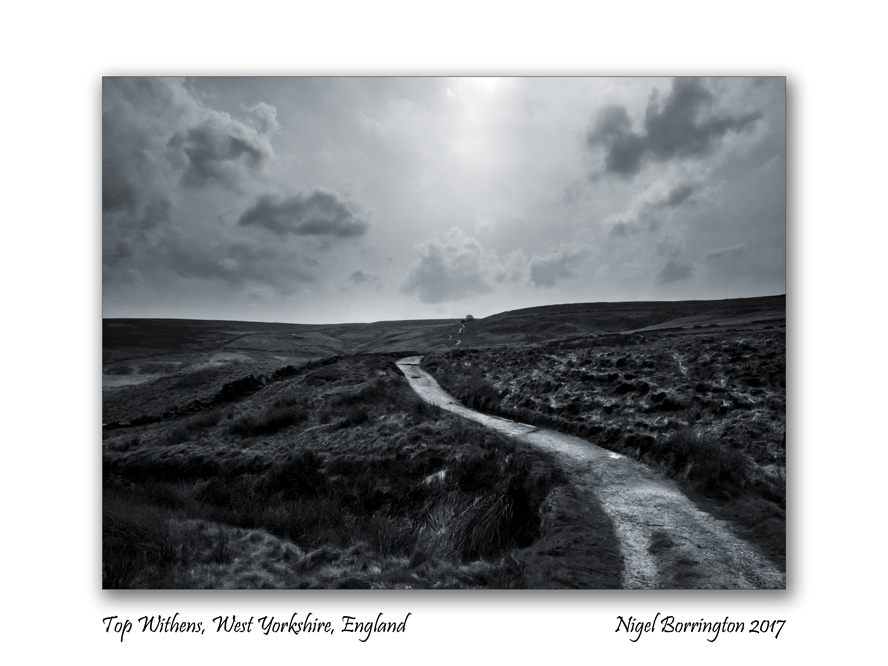


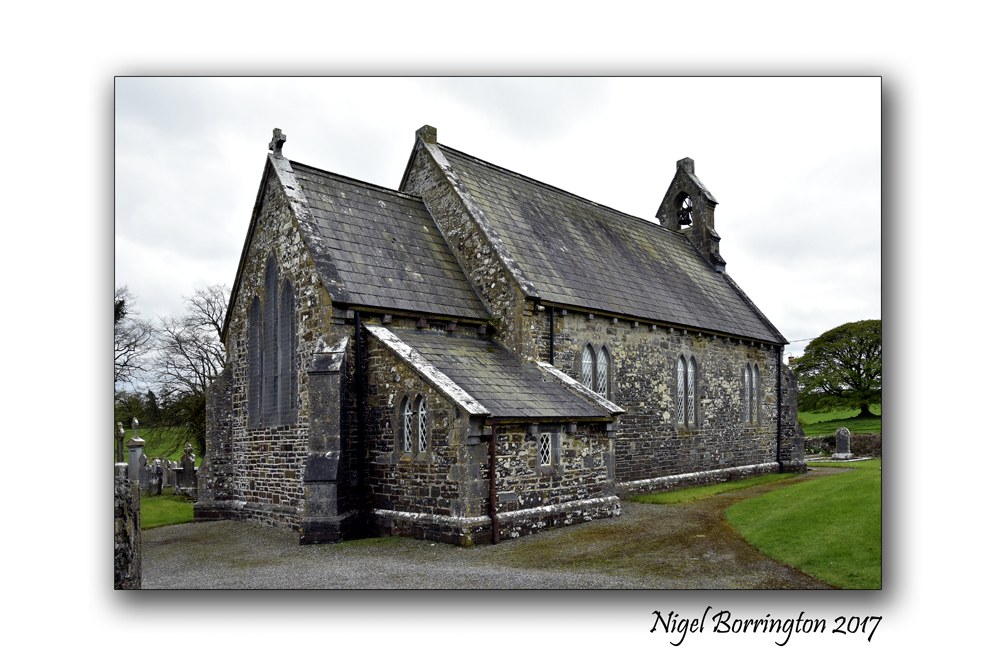

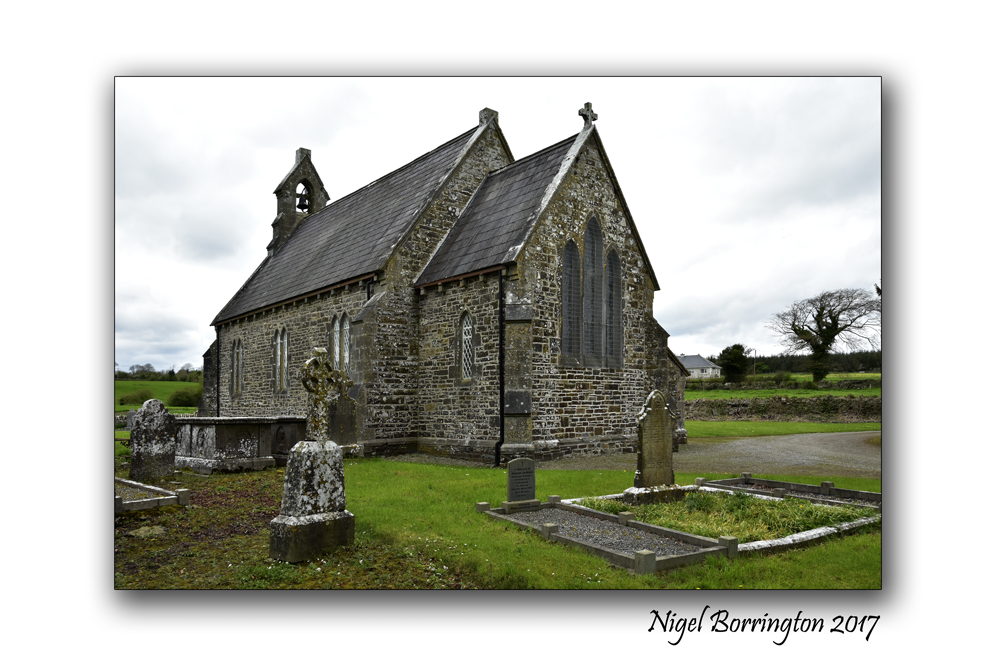
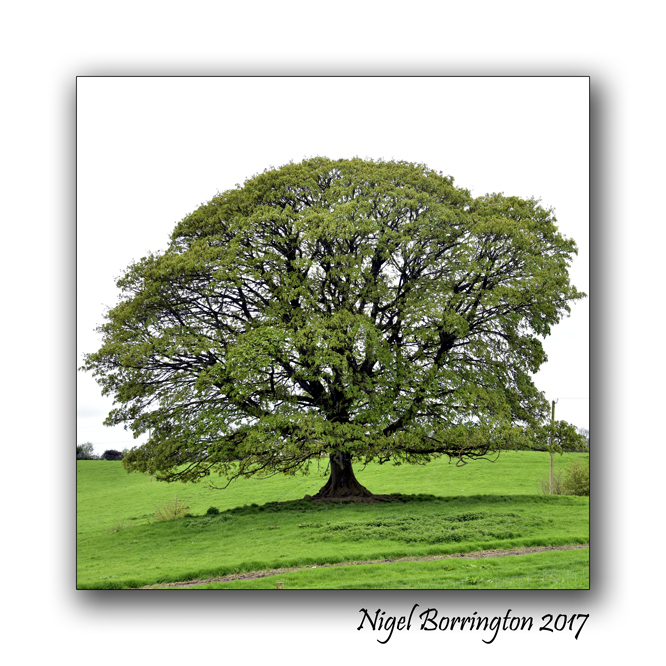





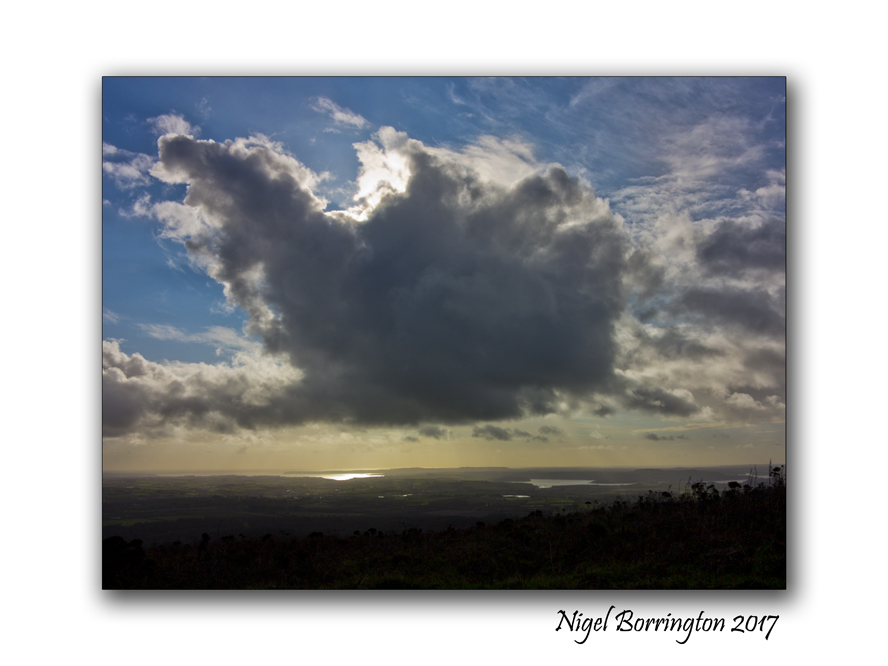
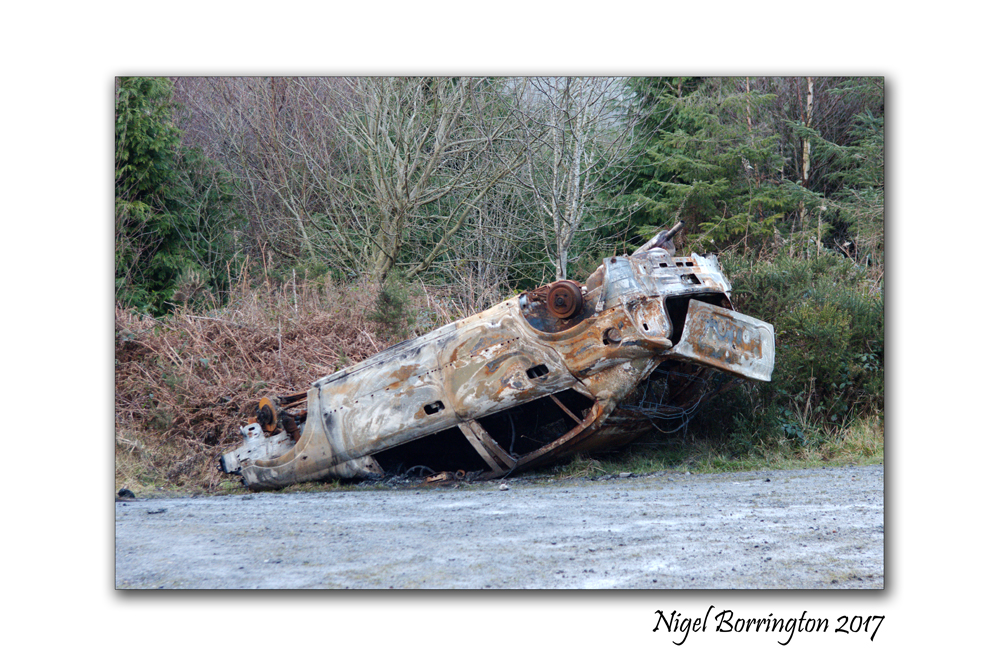
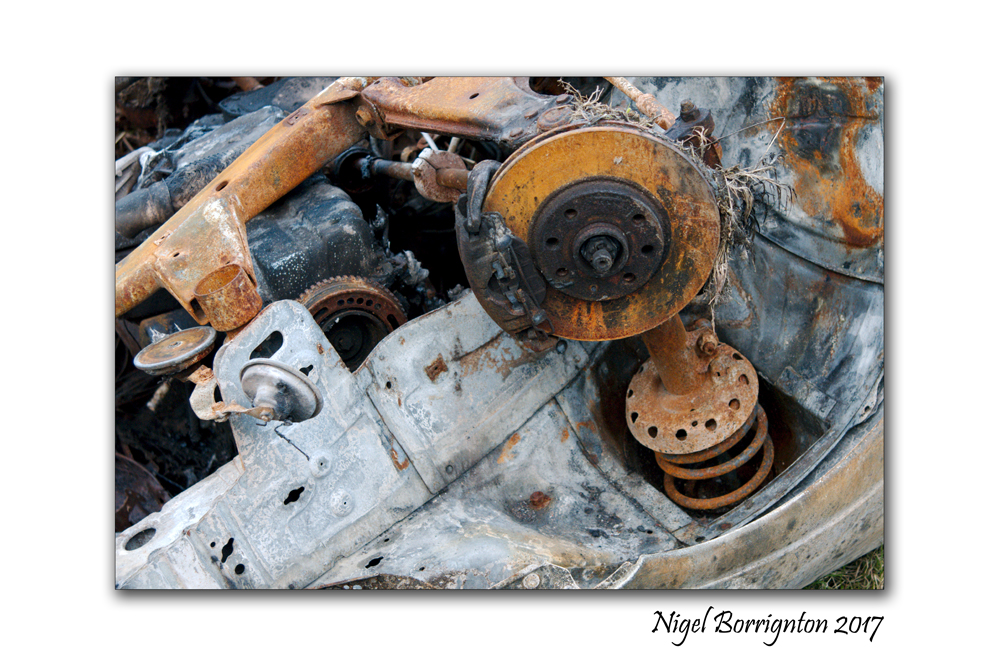
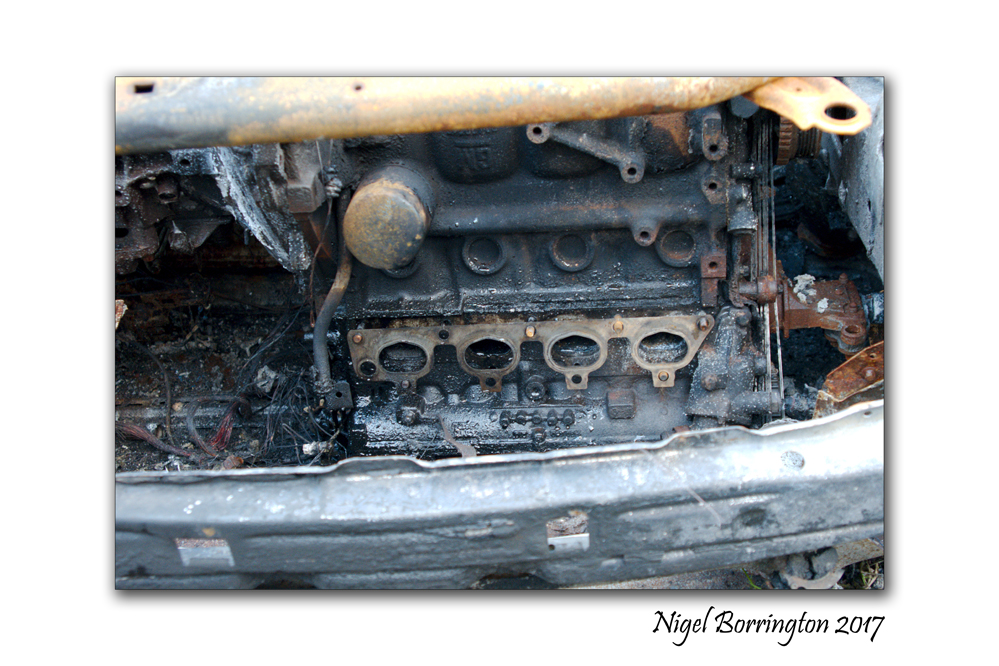



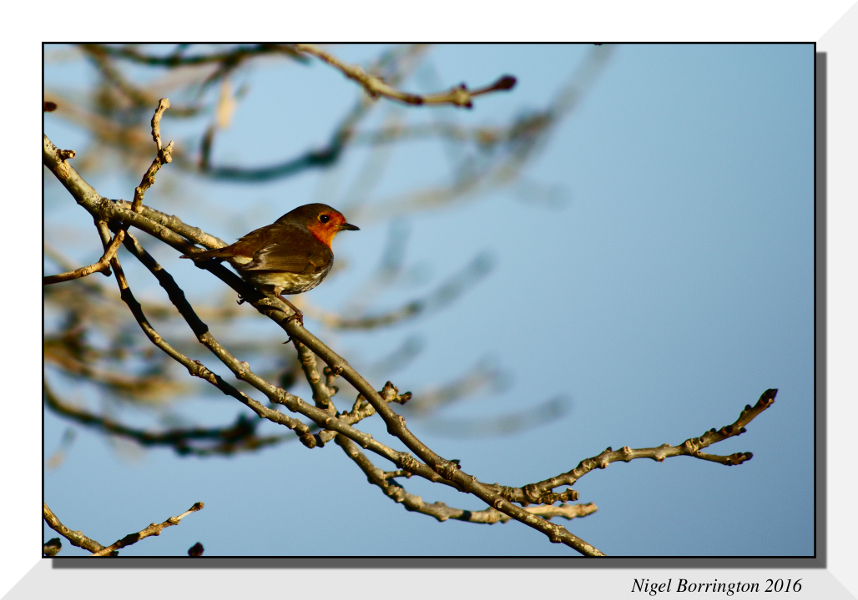















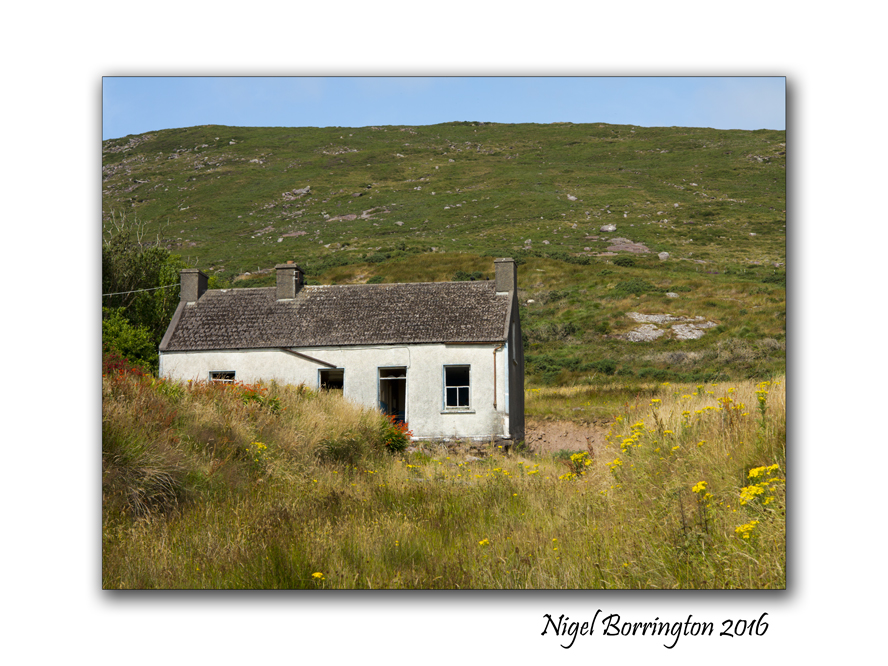
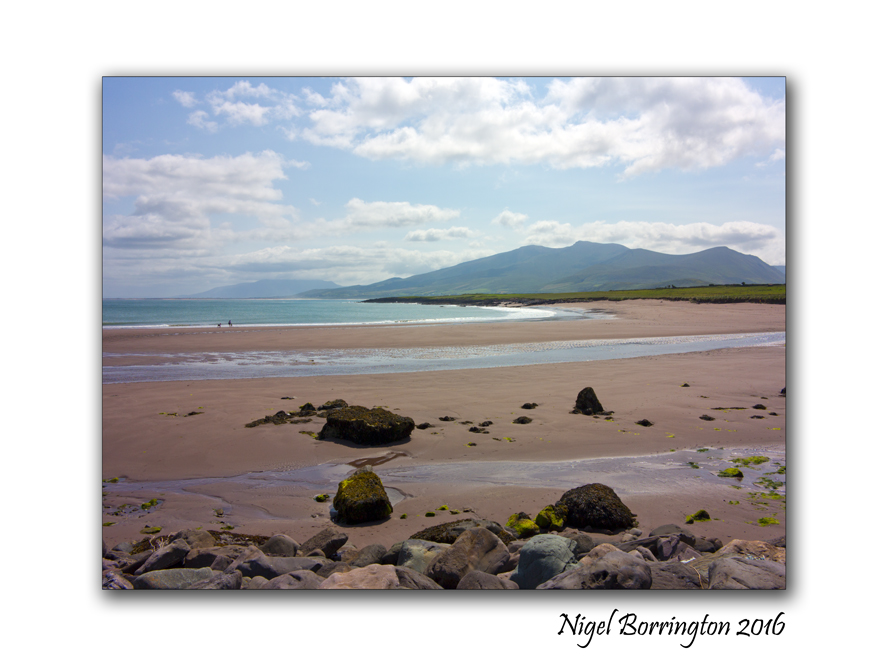
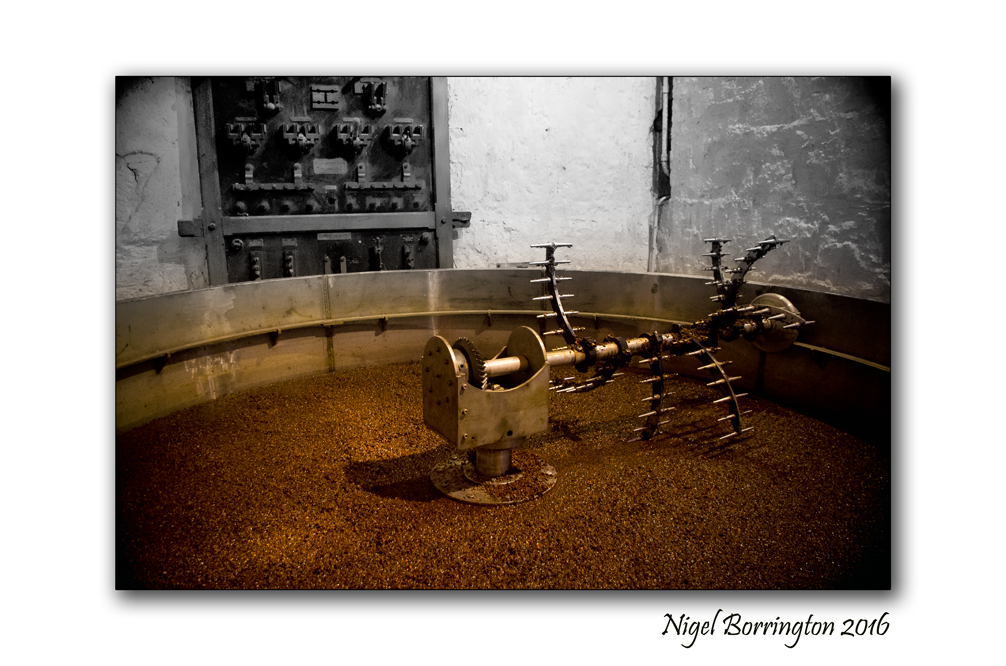



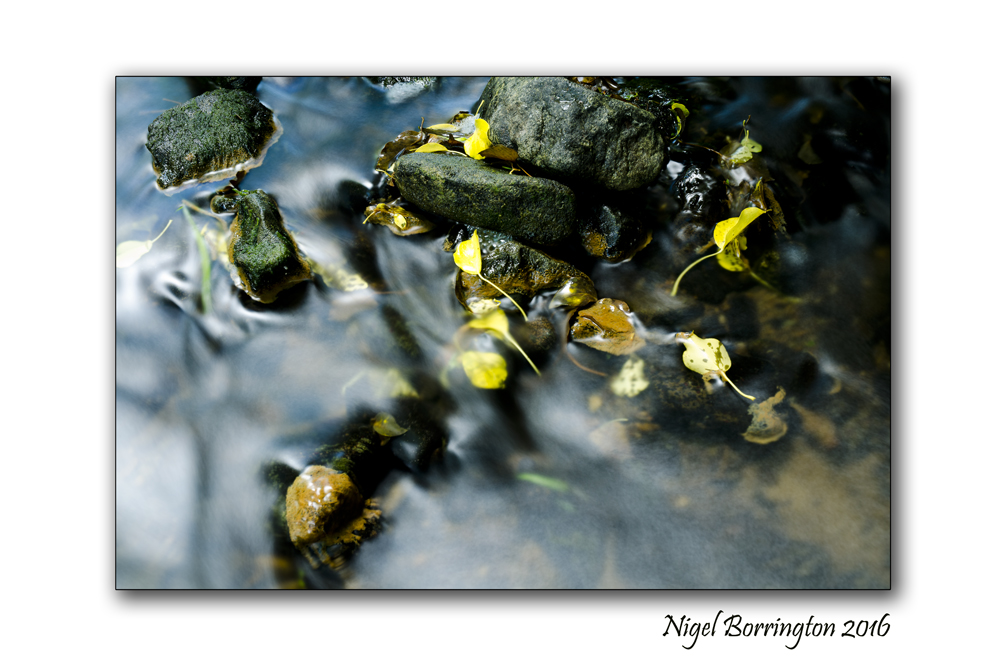
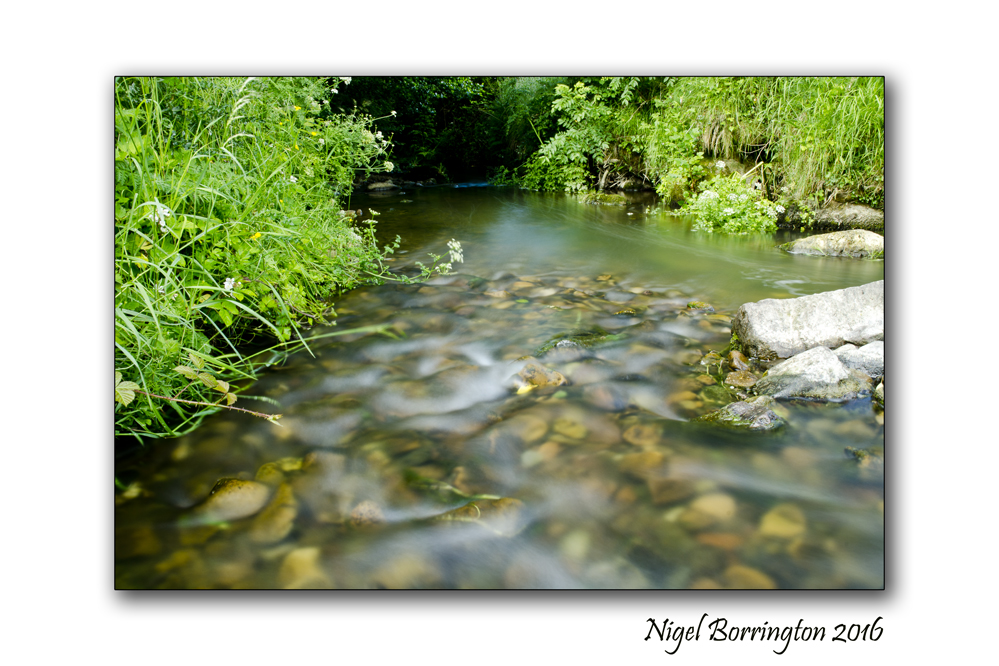
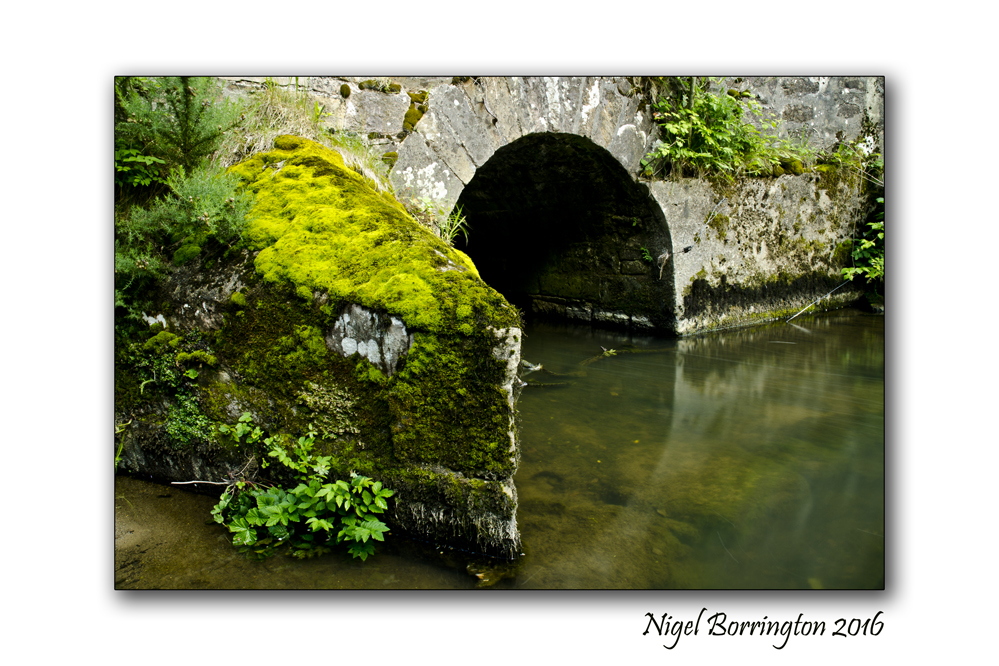
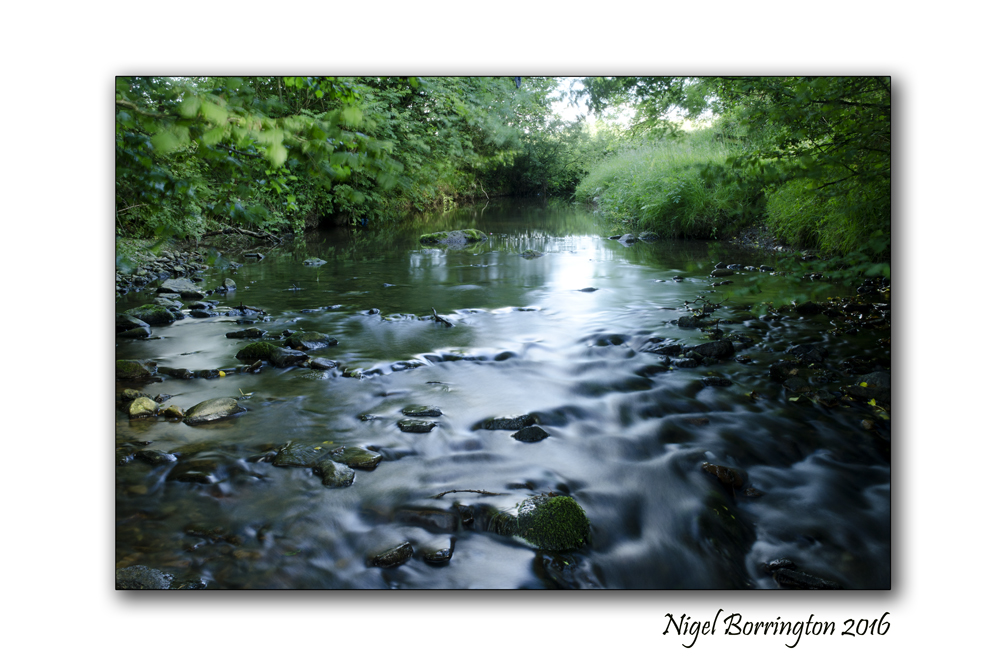

The places I remember, all my life ……
Altrincham, Greater Manchester, UK
Digital art work
I spent the early years of my life growing up in Altrincham in the greater Manchester area of northwest England. It was in these years, between the 1970’s and the late 1980’s that marked the end of the industrial age for the town.
This period left much of our local area with factories that became redundant and closed, some locations included empty land where factories once stood, a lot of these locations existed beside the Bridgewater canal.
I am currently working on a visual art project that is calling on my memories of these locations, working both digitally and with charcoal on paper, creating some compositions that reflect on this period of my life, places from my childhood. I am in my 50’s so this is not easy at times but I feel its a great exercise in visual storytelling…
Share this:
April 28, 2021 | Categories: art work, charcoal, Comment, Digital art work, Digital art work, drawings, Forgotten places, History, manchester, Solo images, Story telling gallery | Tags: Altrincham, charcoal, digital art, drawing, History, Industrial landsacpes, Industry, manchester, mypaint, Nigel Borrington, wacom | 1 Comment